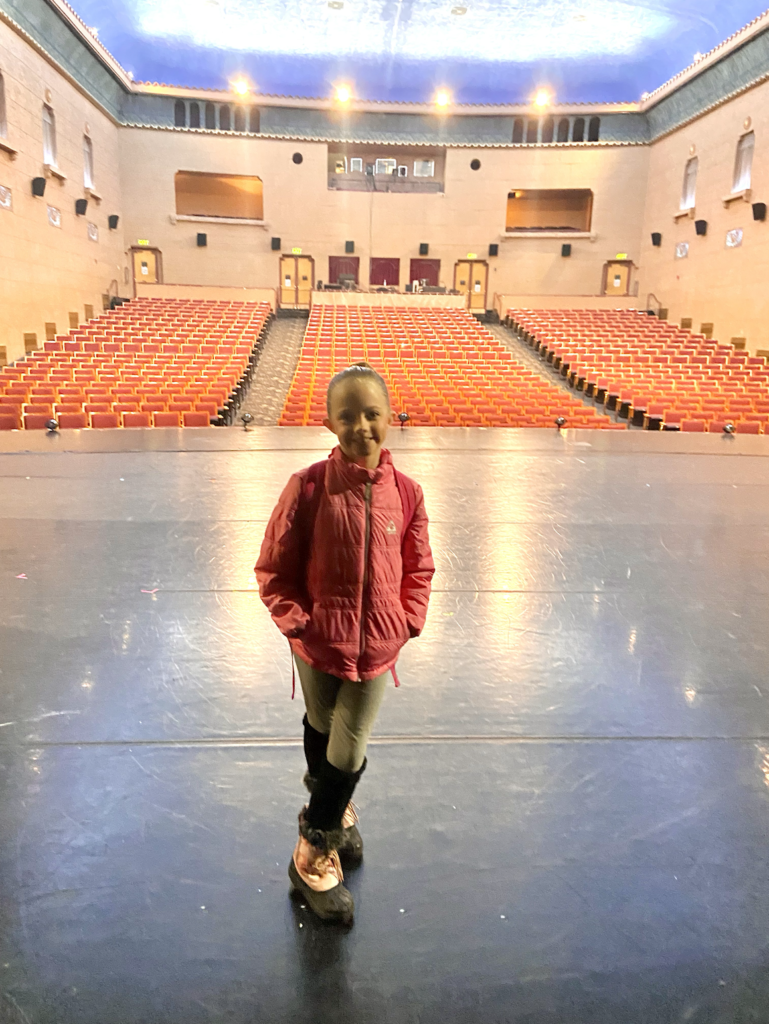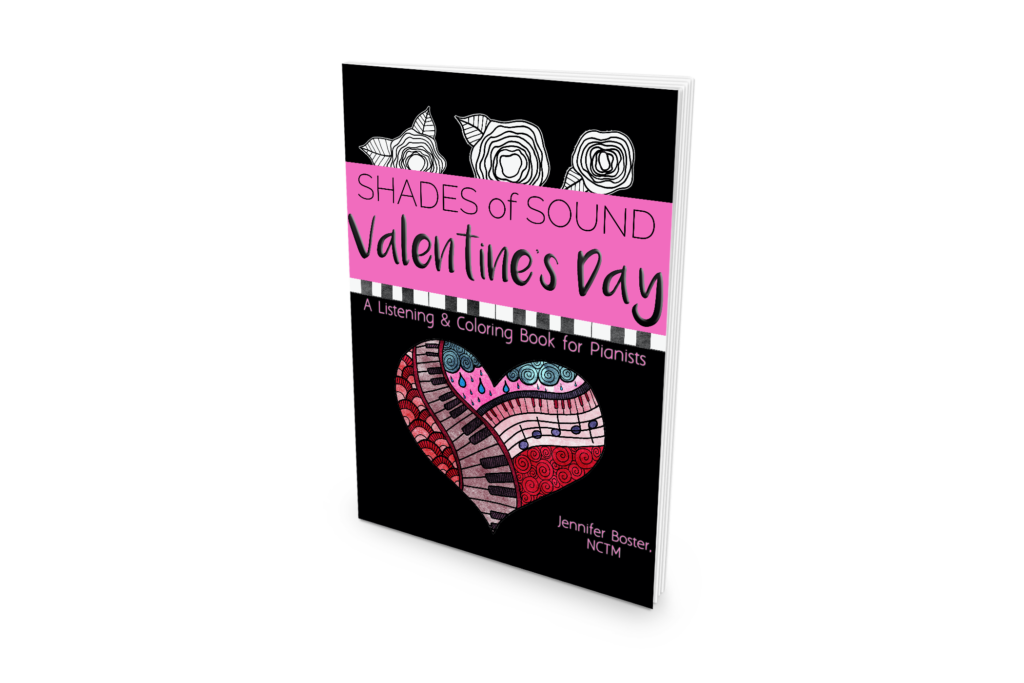Good Habits of Sight-Reading
As a follow-up to Jenny’s post, I would like to mention a few good habits that we can teach our students as they work on their sight-reading skills.
- no stopping: Jenny already talked about the importance of this habit. Sometimes students have developed such a bad habit of stopping that they don’t even realize they are doing it! The metronome is a good tool to help students realize where they are stopping, and to help them keep the beat consistent. Counting out loud can also be helpful, and of course good rhythm is essential to good sight reading. And like Jenny said, it is better to choose a nice slow tempo than to stop. Eventually, of course, if you are sight-reading as you accompany, it will have to be up to tempo, but the skills must be developed first at slower tempos.
- no looking at hands: It is important for a pianist to have a confident feel for the keyboard, and to know the feel of any interval without having to look down at their hands (this feel for the keyboard is developed through good technique study). Looking down takes unnecessary time, and can cause you to lose your place in the music. For students who really struggle with this, you can cover their hands with a book or a towel (drape it behind the fallboard on a grand piano, and down over their hands). Another thing that works great is to have the student hold a paper plate in their mouth. They may feel a little silly, but it works!
- looking ahead: If a student is busy looking at the note they are playing, they obviously don’t know what note is coming next. It is important for them to learn to look ahead so they know what is coming. As they get better at identifying patterns, they will be looking not just one note ahead, but whole phrases and measures ahead.
- smooth eye motion: This is related to looking ahead, but has more to do with establishing a habit of keeping your eyes moving, so that you don’t get stuck on one note. This will allow the beat of the music to flow without stopping as well. A good way to help students learn this smooth eye movement is to cover the notes with a piece of paper, just as (or before) they play them. As you move the paper smoothly across the page, their eyes will naturally move smoothly with it.
- reading from bottom to top: Most students are more comfortable reading treble clef than bass clef. If you can create the habit of reading the bass clef notes first, the treble clef notes will usually fall into place just in time. But if the treble notes are read first, the bass notes often just get left out.
If you find your students are struggling with basic sight reading, it is important to make sure they have the basic elements of notes, intervals, and rhythm mastered. Even more advanced students occasionally need to come back to a review of these basics, if they have never been good readers. Once students have a solid grasp of the basics, more advanced music theory concepts will become important in their sight-reading (for instance, recognizing chords, cadences, and form).
In order to really develop good sight-reading skills, it is important for students to be sight-reading on their own every day. One challenge I have had is in finding music for my students to sight-read, since once they have played a piece, playing it again isn’t exactly sight-reading. Here are some solutions I have found, and I would love to hear others’ ideas on this:
- easy method books: students may have younger siblings who are playing in easy books that they can use for sight-reading, or if you have a library of method books and easy literature books, you could check them out to your students for a few weeks at a time.
- Essential Keyboard Repertoire
: I have used volume 1 of this series with advanced students, since the pieces are an intermediate level, only a page or two long, and there are 100 pieces in the book. For $10.95, it’s not a bad investment for several months worth of sight-reading.
- folk tunes: a book like this one by Jane Smisor Bastien
can provide easy tunes with simple rhythms and intervals for early sight-readers. The problem may be finding enough books of these to keep students busy, but an advantage is that most folk tunes are in the public domain, so while you can’t necessarily photo-copy published versions, you could easily write them out yourself and start a collection of sight-reading tunes for your own library. Folk tunes can also be a good place to teach transposition, another skill that will contribute to sight-reading ability.
- hymns: If your students belong to a church, have them bring a copy of their hymnal to lessons. Hymns are usually too difficult for beginners to sight-read, but are perfect for intermediate and advanced players.
- broadway or popular songs: These are really for advanced students only, as the rhythms in this type of music are much too complex for beginning readers. But for students who need a sight-reading challenge, these are a lot of fun.
- Four Star
: this is a gem that I have just recently discovered. There are 11 books, and each book has 10 weeks worth of daily sight-reading exercises. Read more about these books in this review by Sue Haug.


 Next Post
Next Post


















Bonnie – fabulous post! What wonderful ideas. I really like how you mentioned to teach your students to read from bottom to top – that is a great idea that I never thought of before.
And thank you for the list of sight reading books/resources! In addition to using a hymnal, I love to use the children's song book used in our church, it has hundreds of songs, many of which are short two-liners great for sight reading. Also, practicespot.com has a "sight reading chef" that looks interesting – it will generate sight reading lines for you.
I love your paper plate in the mouth idea! What a great way to make a kid laugh while also teaching them not to look at their hands. And thanks for the great sight reading material! My students are required to sight read for 5 minutes each day, which they normally like because they can play something that is interesting to them. The challenge is always having enough material to do, and your post really helps!
Thank you for all of the great tips. They are so helpful.